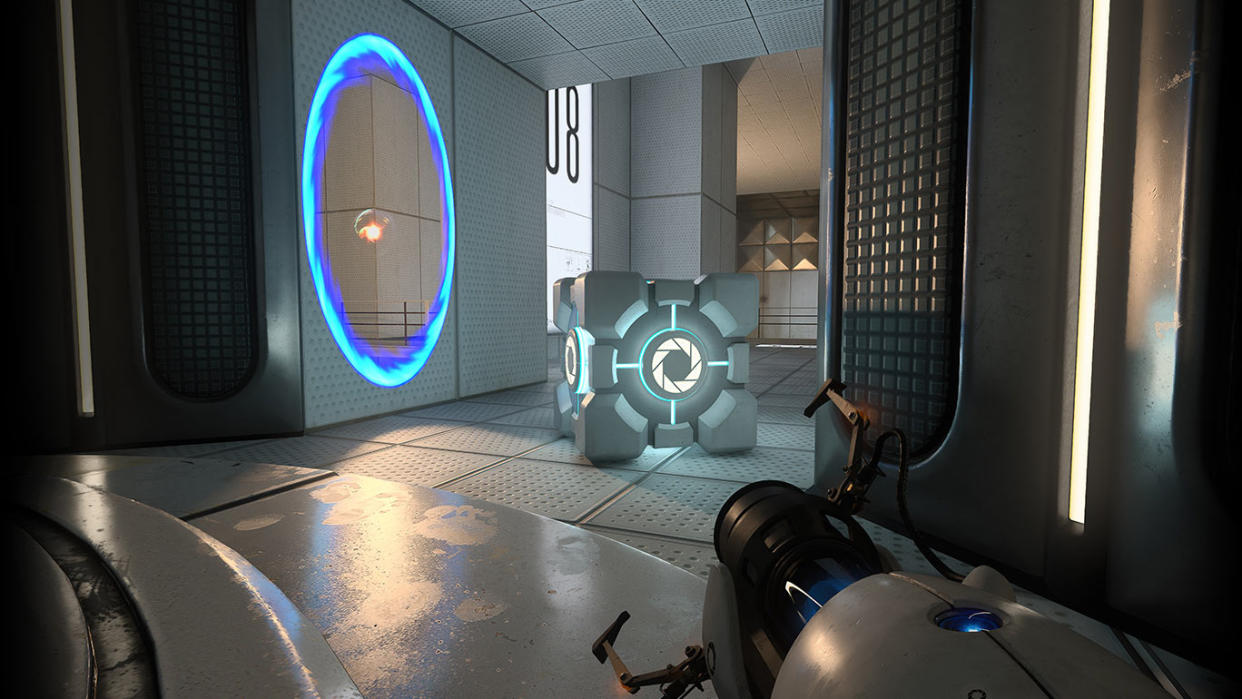Intel Strives to Make Path Tracing Usable on Integrated GPUs

A new article from Intel explains the latest advances in path-traced light simulation and neural graphics research that its engineers have been working on. One of the biggest improvements Intel is striving toward is far more efficient path-traced rendering, which could enable integrated GPUs to run path-tracing in real time.
The article links to three new papers advertising new path-traced optimizations that will be presented at SIGGRAPH, EGSR, and HPG by the Intel Graphics Research Organization. These optimizations are designed to alleviate and improve GPU performance by reducing the number of calculations required to simulate light bounces.
The first paper shown presents a new method of computing reflections on a GGX microfacet surface. GGX is a graphics technology that allows computers to capture simulated light bounces that are reflected in different directions. With this new method, materials are "reduced" to a hemispherical mirror that is substantially more simple to simulate.
The second paper shows off a more efficient method of rendering glittery surfaces in a 3D environment. According to Intel, simulating glittery surfaces is an "open challenge." However, with this new method, the average number of visible glitter from each pixel can be taken into account. That way, the GPU only needs to render the correct amount of visible glitter visible to the eye.
Finally, another paper presents a more efficient method of constructing photo trajectories in different illumination scenarios, known as Markov Chain Mixture Models for Real-Time Direct Illumination. The explanation is very complex, but the end result is a more efficient rendering technique to output complex direct illumination in real time.
These three techniques obviously aren't going to guarantee that integrated GPUs will be able to run path-tracing smoothly. But they are aimed at improving the core aspects of path tracing, including ray tracing, shading, and sampling, which will help improve real-time path tracing performance on integrated GPUs (as well as discrete GPUs), according to Intel.
Getting real-time light simulation to work on integrated GPUs effectively would be a huge milestone. Even though real-time ray tracing has technically been around since 2018, it still takes a massive amount of processing power to run. Most of the world's Best GPUs still can't operate most modern AAA games at 60FPS at high resolutions with ray-tracing graphics enabled. If Intel can get path tracing to work well on its own integrated graphics solutions, it would take the tech mainstream and make light simulation easier to run on discrete GPUs as well.

